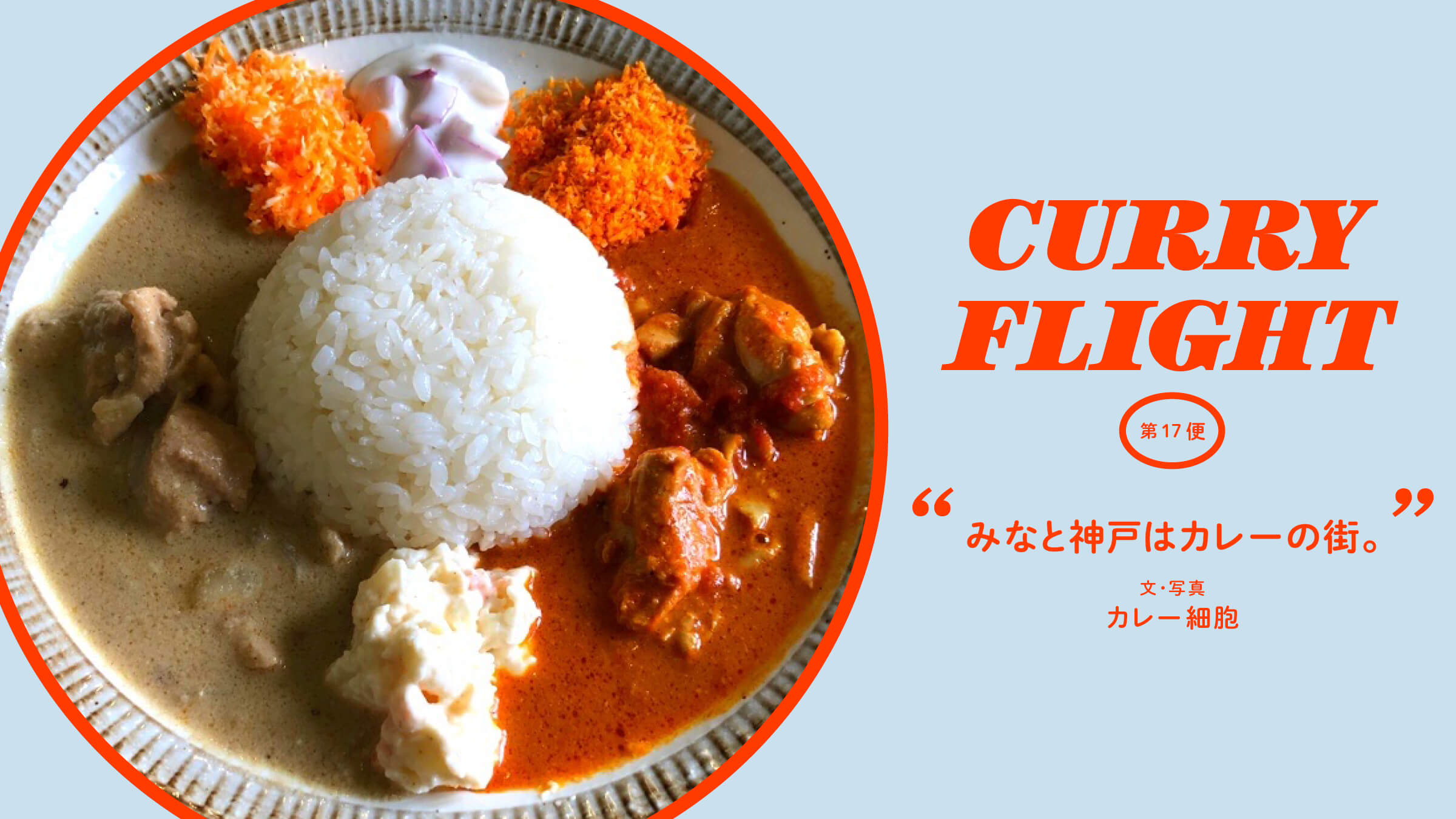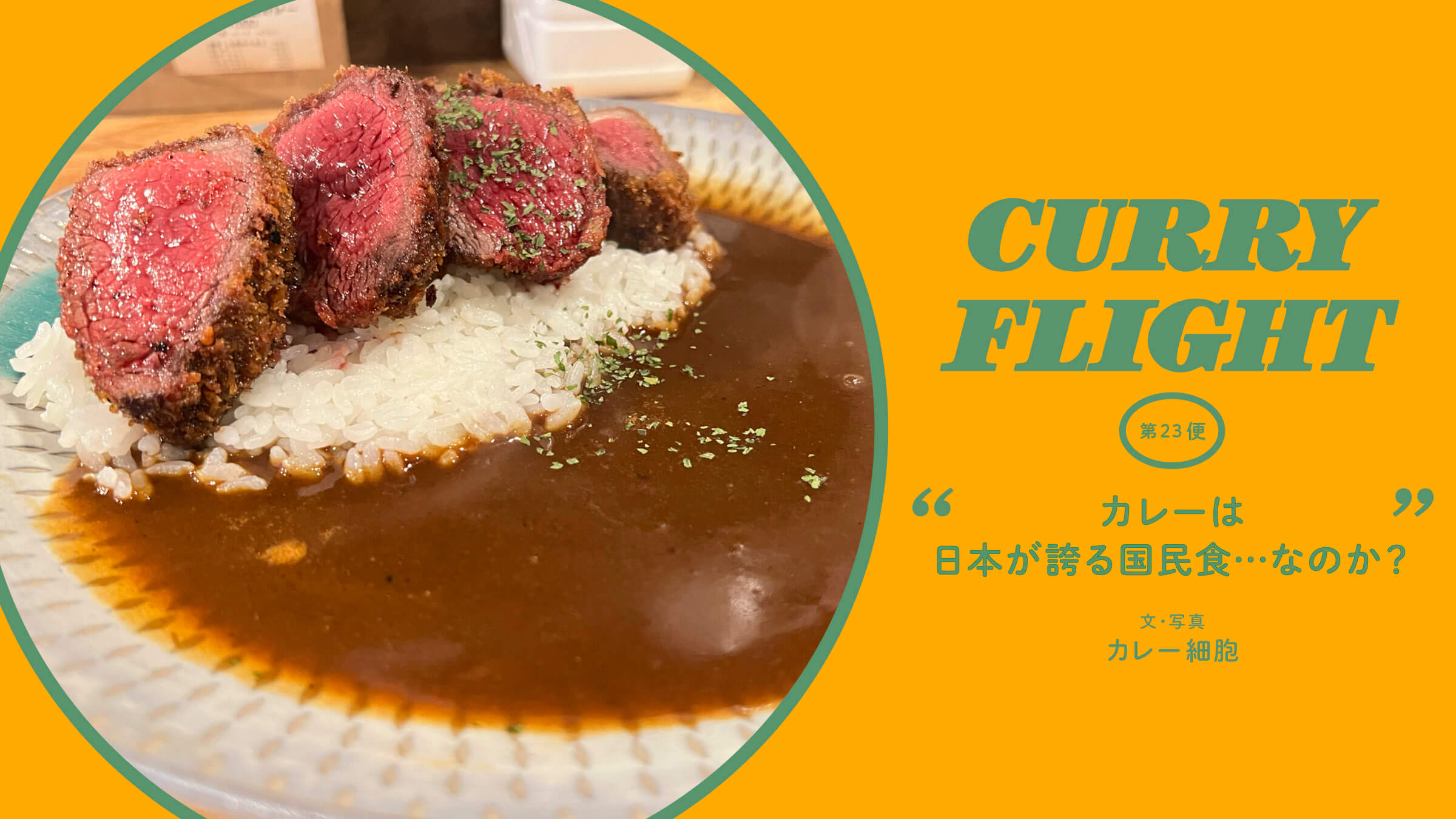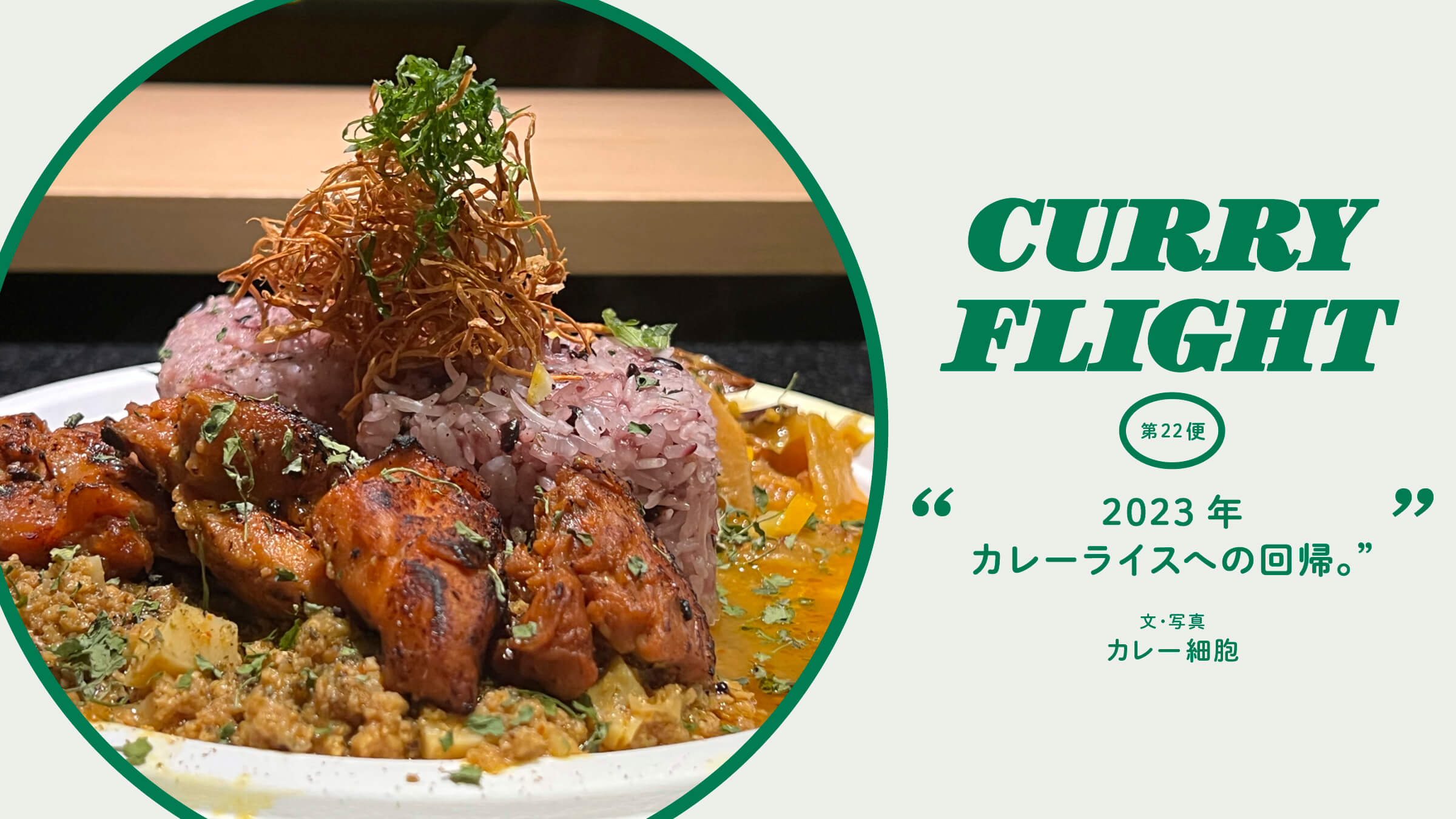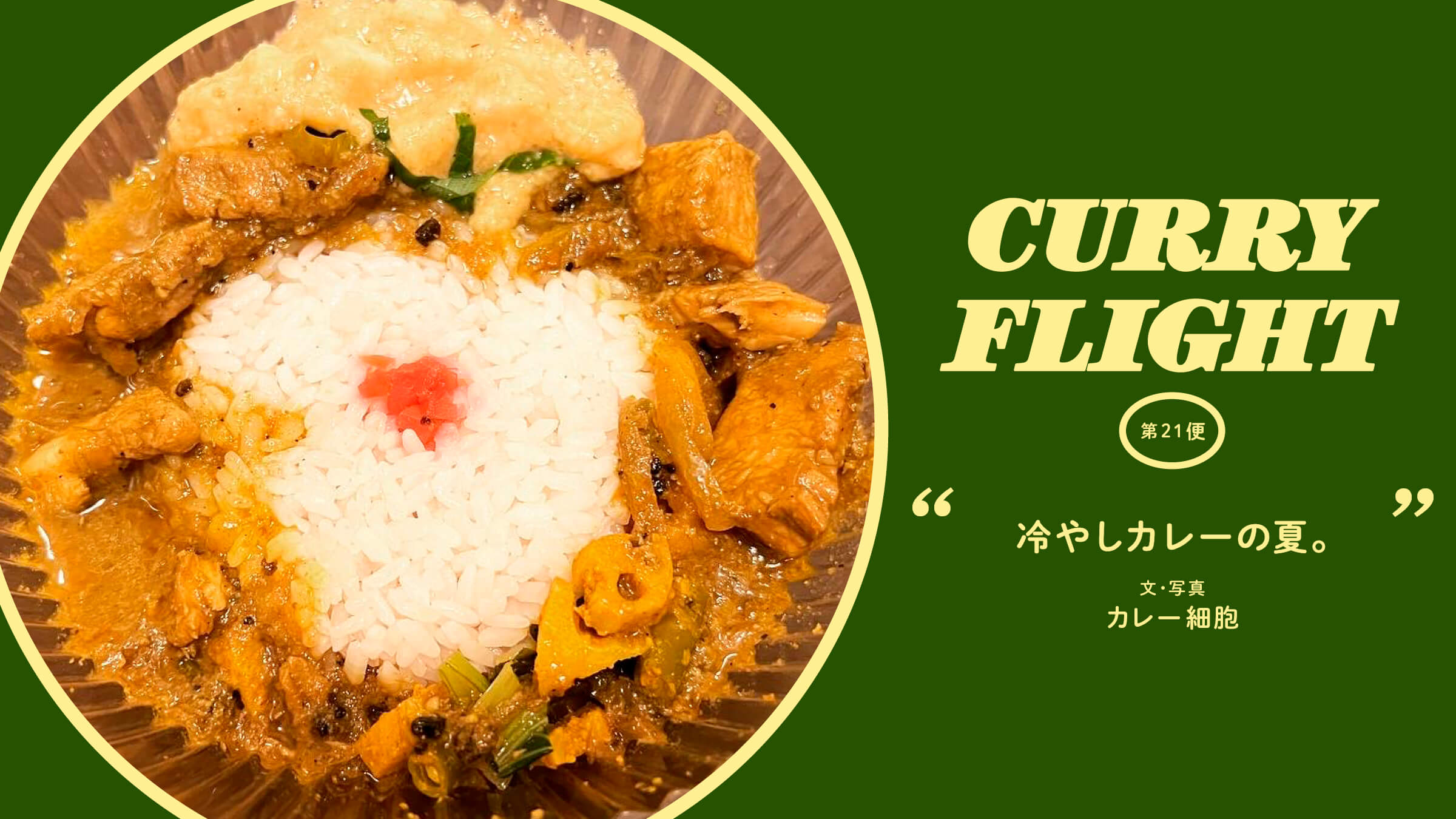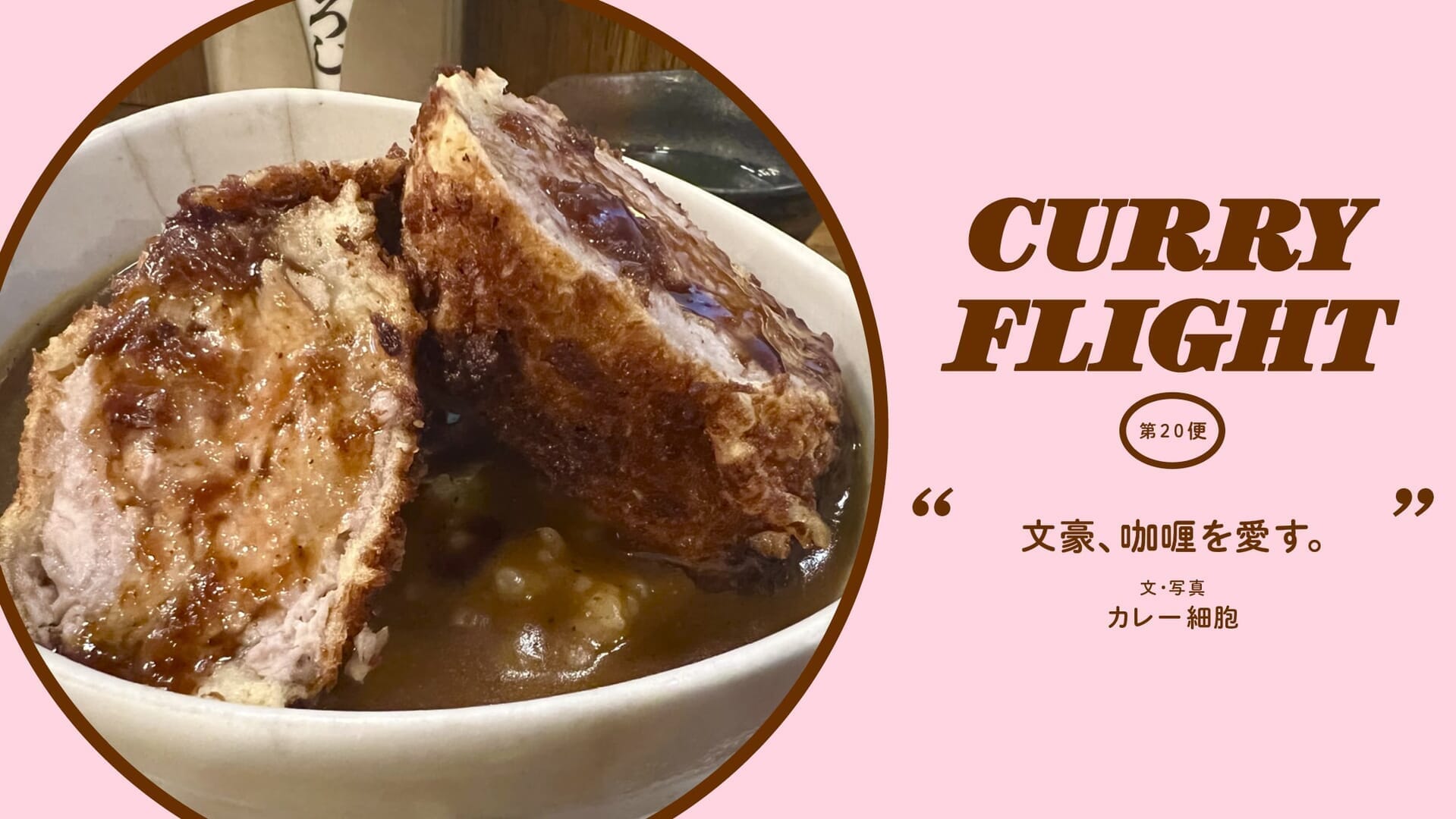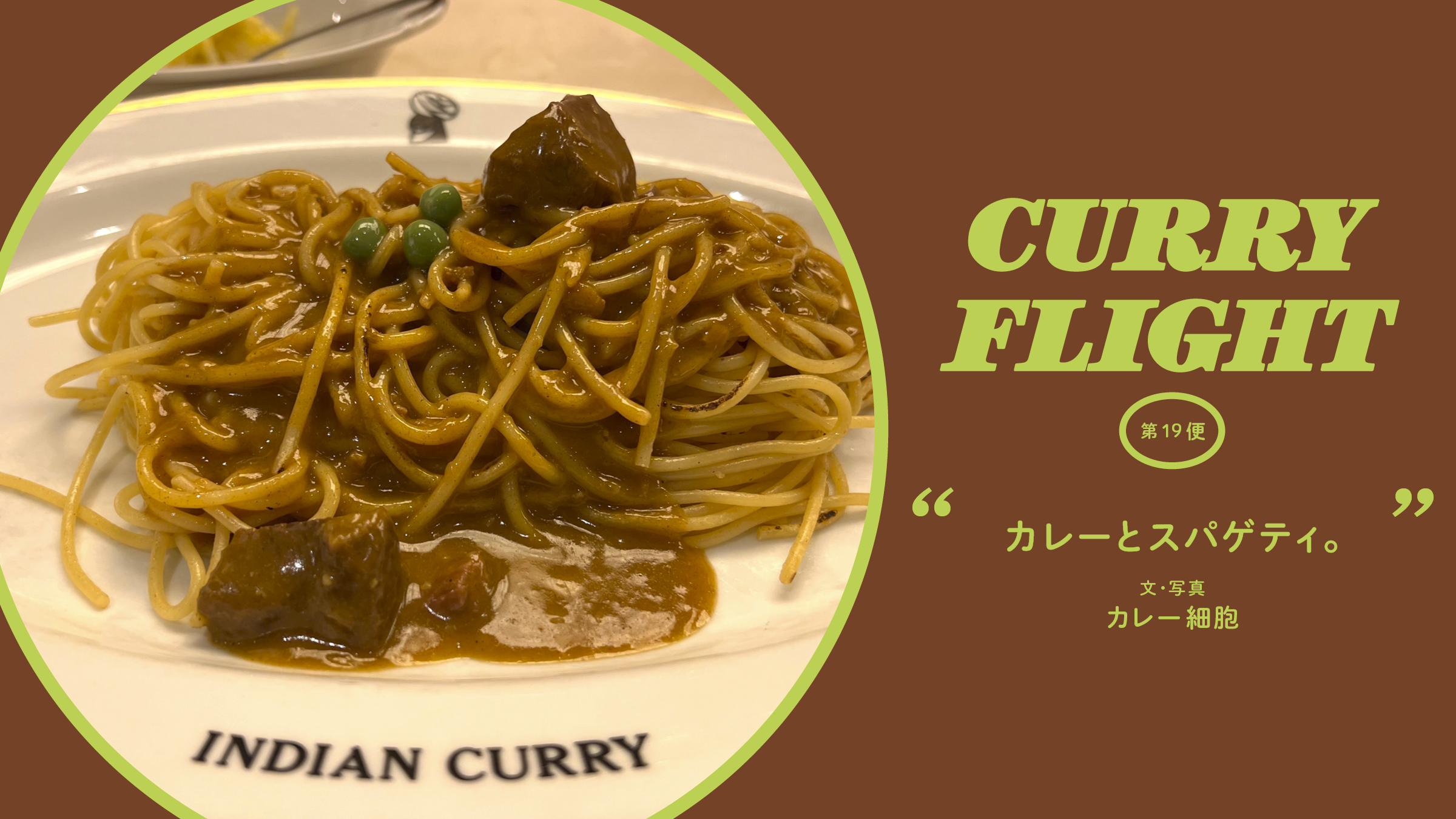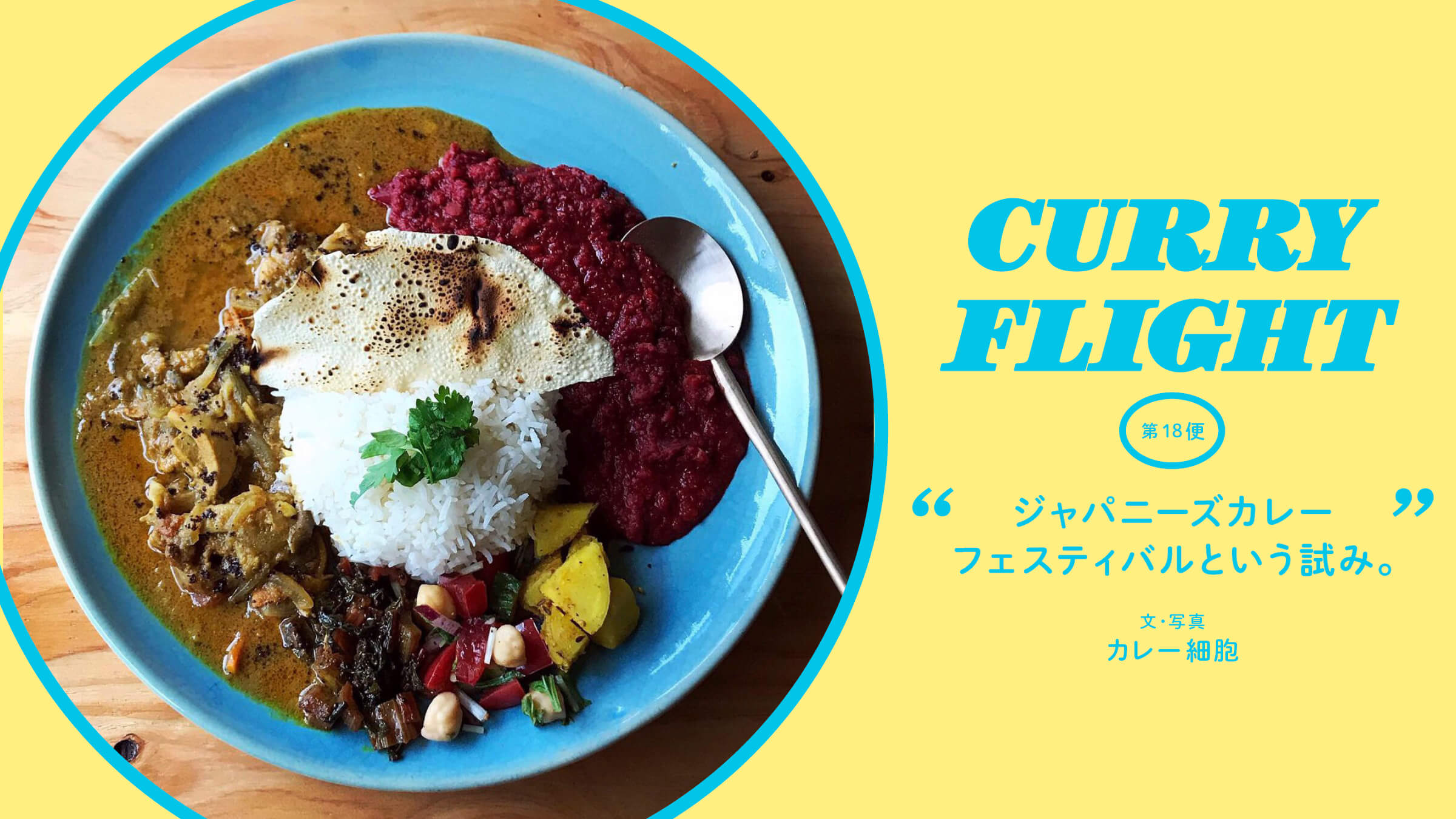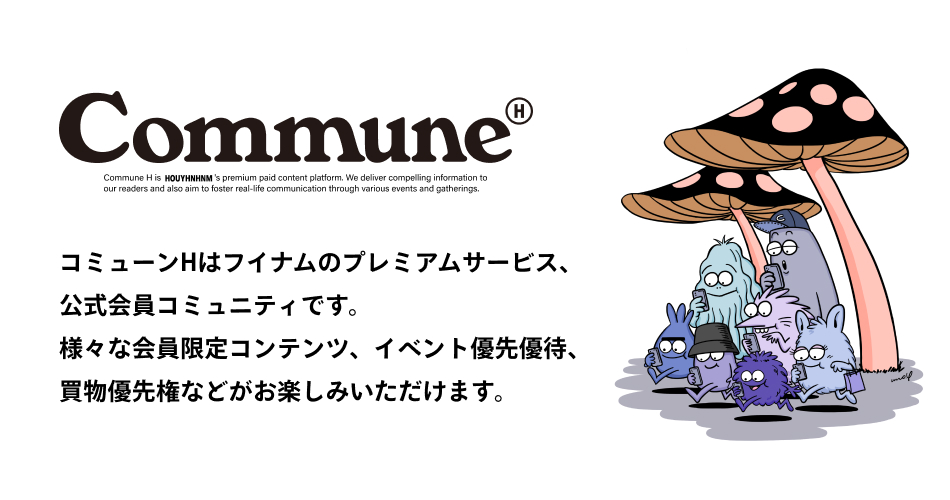Flight 17 Minato Kobe is a city of curry.
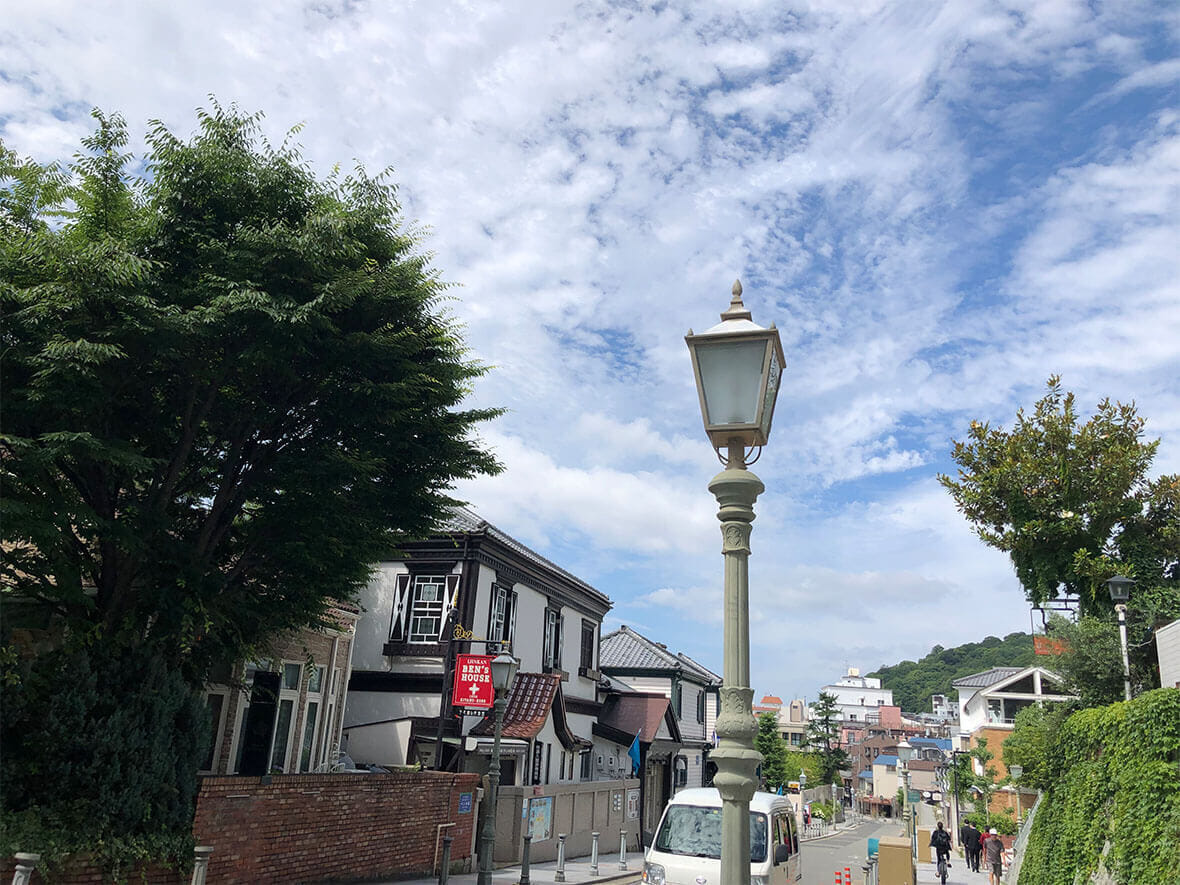
# Kobe as a city of curry The hashtag is.
This is an activity advocated by Mr. Katayama, owner of the Kobe curry restaurant "Rajkumar," and as I myself am from Kobe, I had been secretly supporting it.
However, there were some nuances that bothered me personally.
Wasn't Kobe always "the city of curry" in the first place?
Three keywords for Kobe, the city of curry
There are three key words that explain why Kobe has remained one of the top "curry cities" in Japan: "overseas Chinese culture," "Indo-Chinese culture," and "Western food culture.
Kobe, which flourished as a port town from ancient times, was one of the first to be introduced to foreign cultures, and at the same time, merchants who immigrated from overseas settled there and formed a community. They are called "overseas Chinese" and "overseas Indian merchants.
Overseas Chinese, or "Huaqiao," as they are widely known, are a community of Chinese descent that transcends national borders. In Kobe, there are many people of Cantonese descent, and it is important to note that they are connected to networks throughout Southeast Asia, including Hong Kong, Vietnam, Thailand, and Singapore.
From a tourist standpoint, Chinatown "Nankinmachi" is famous, but from the perspective of the overseas Chinese community, the area north of the Chinatown, from the Motomachi Station area to the slope north of the station, is the center of the community, and some excellent overseas Chinese restaurants are scattered in this area.
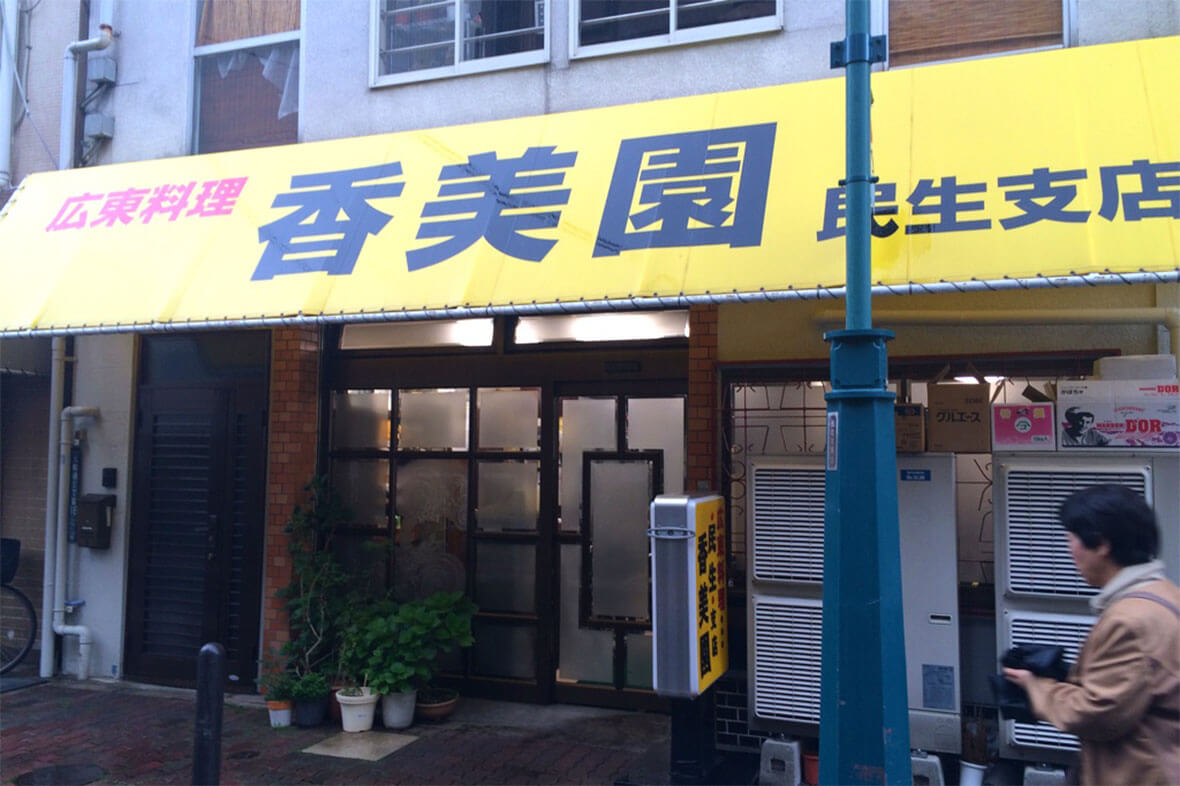
There are many Chinese restaurants that specialize in curry, and many restaurants that serve Southeast Asian cuisine despite their Chinese signage.
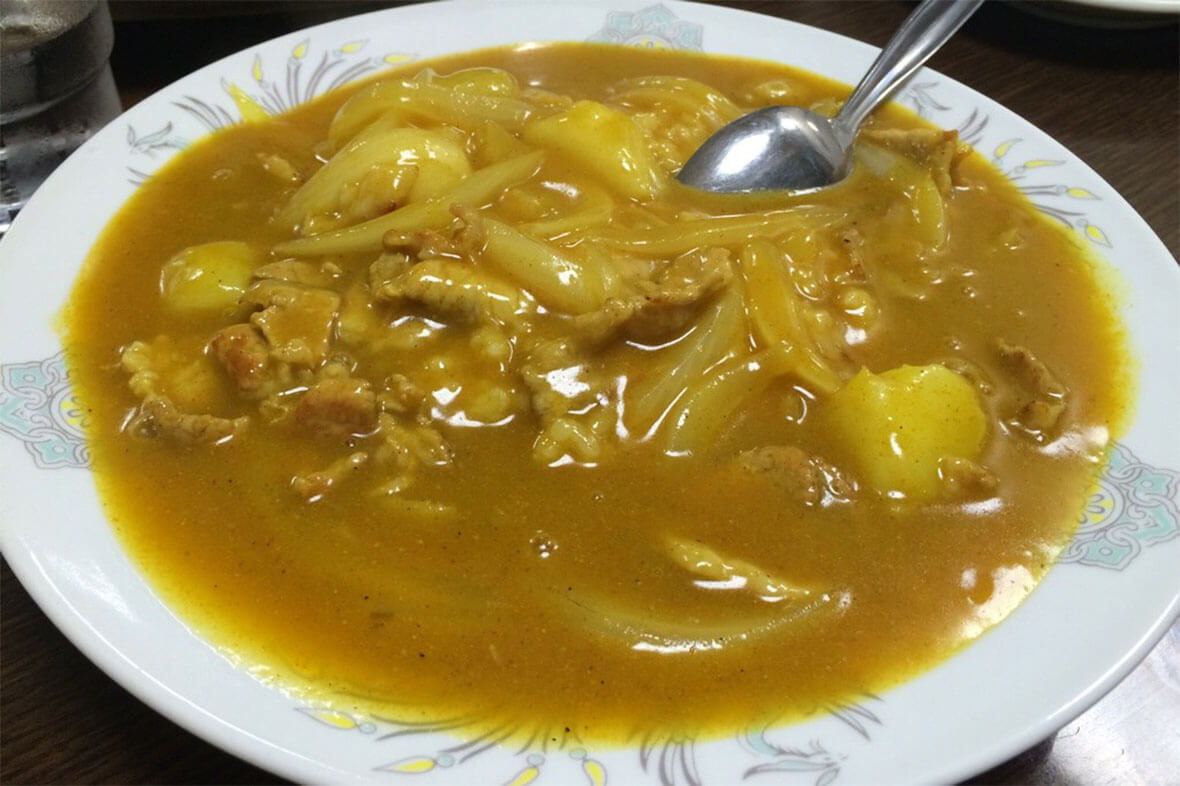
Famous curry of "Kamien
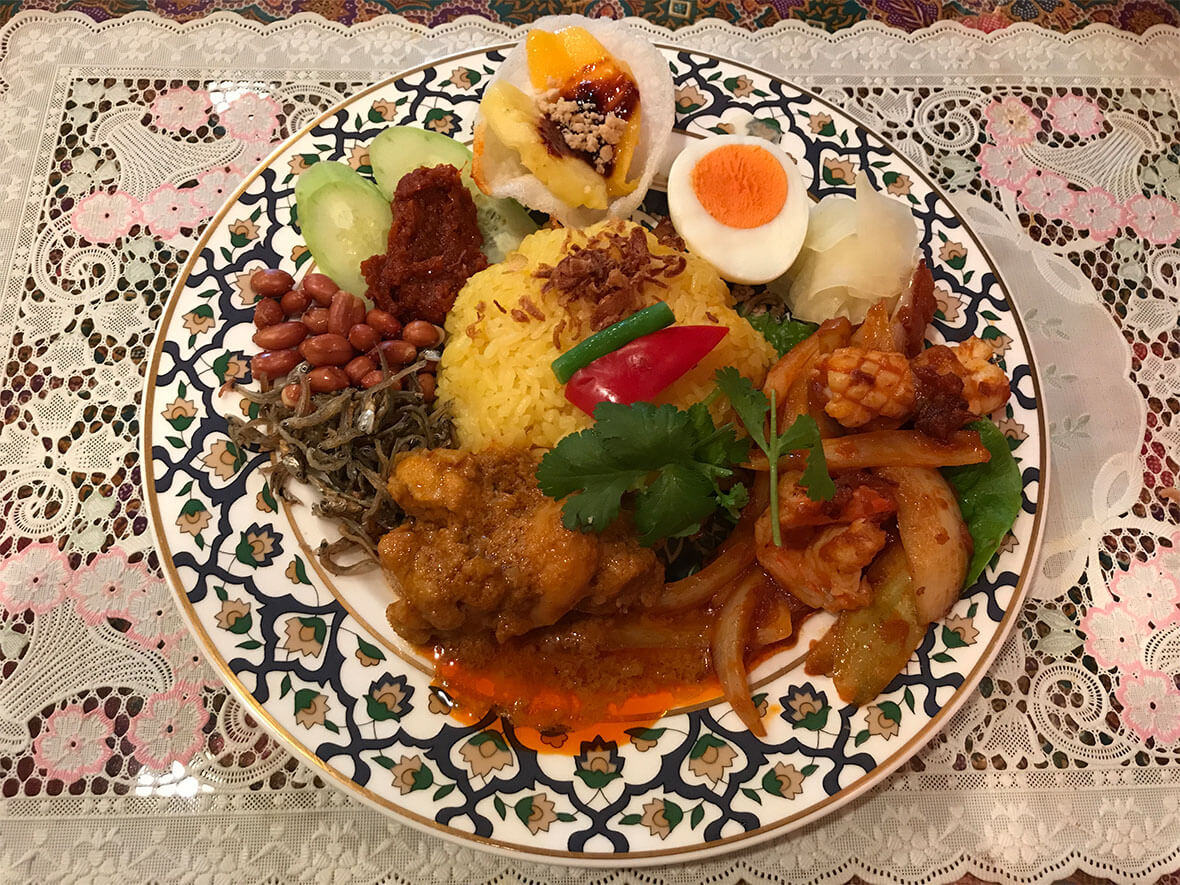
Nassurma at Plum Blossom, serving food from Penang, Malaysia.
The "Indo-Chinese" community is a community of Indian immigrants.
From the Meiji era (1868-1912), many people of Indian descent engaged in trade began to settle in Yokohama and Kobe, the leading port cities of the East and West. However, after the Great Kanto Earthquake, many Indians left Yokohama and concentrated in Kobe.
Sindhis trading in cloth and textiles, Punjabis trading in general merchandise and auto parts, and Gujaratis trading in pearls and other jewelry from Ise-Shima have formed Japan's first and largest community of "inkobojas" in Kobe, which now continues into the third and fourth generations.
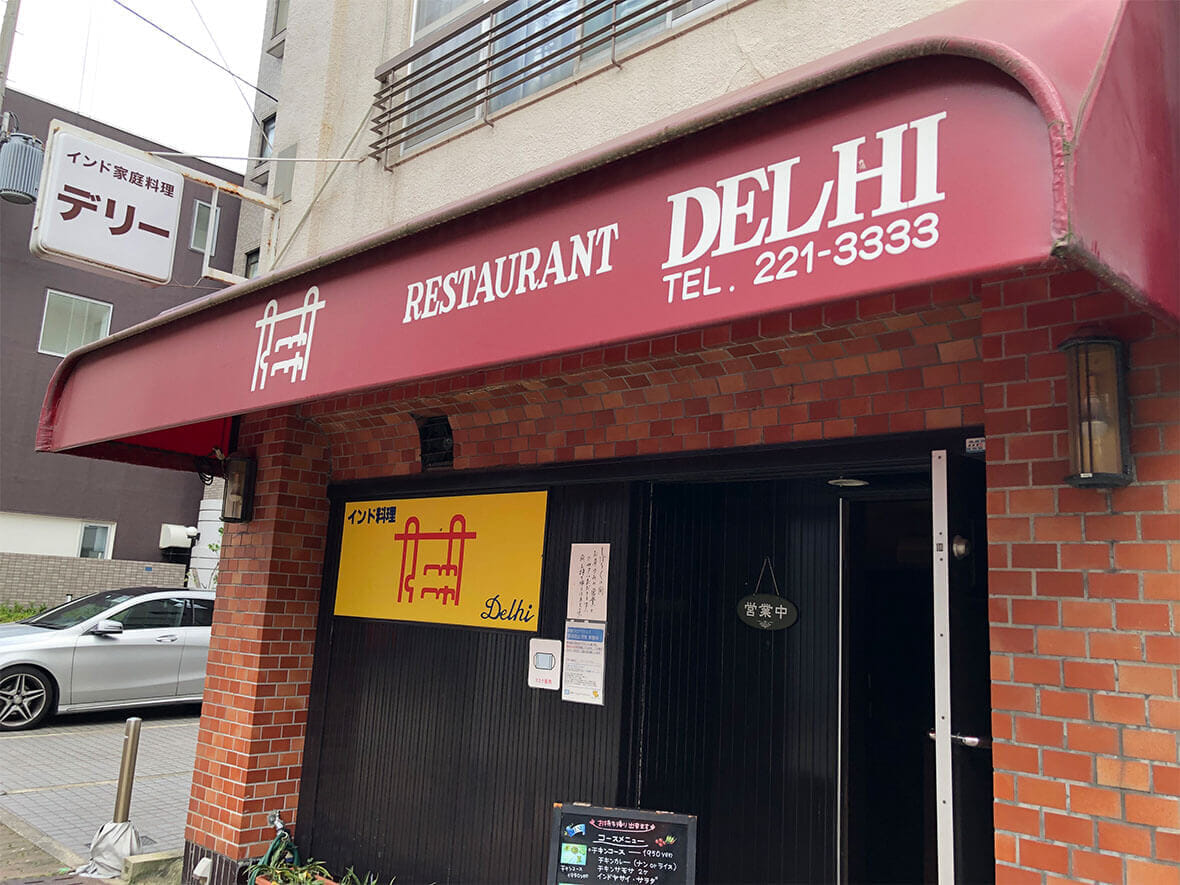
Opened in 1963, Delhi is the oldest Indian restaurant in Kobe
Its main area is the Kitano neighborhood, north of Sannomiya, famous for its ijinkan (foreign residences). The oldest mosque in Japan and the only Jain temple in Japan are also located in this area, indicating that the community is deeply rooted.
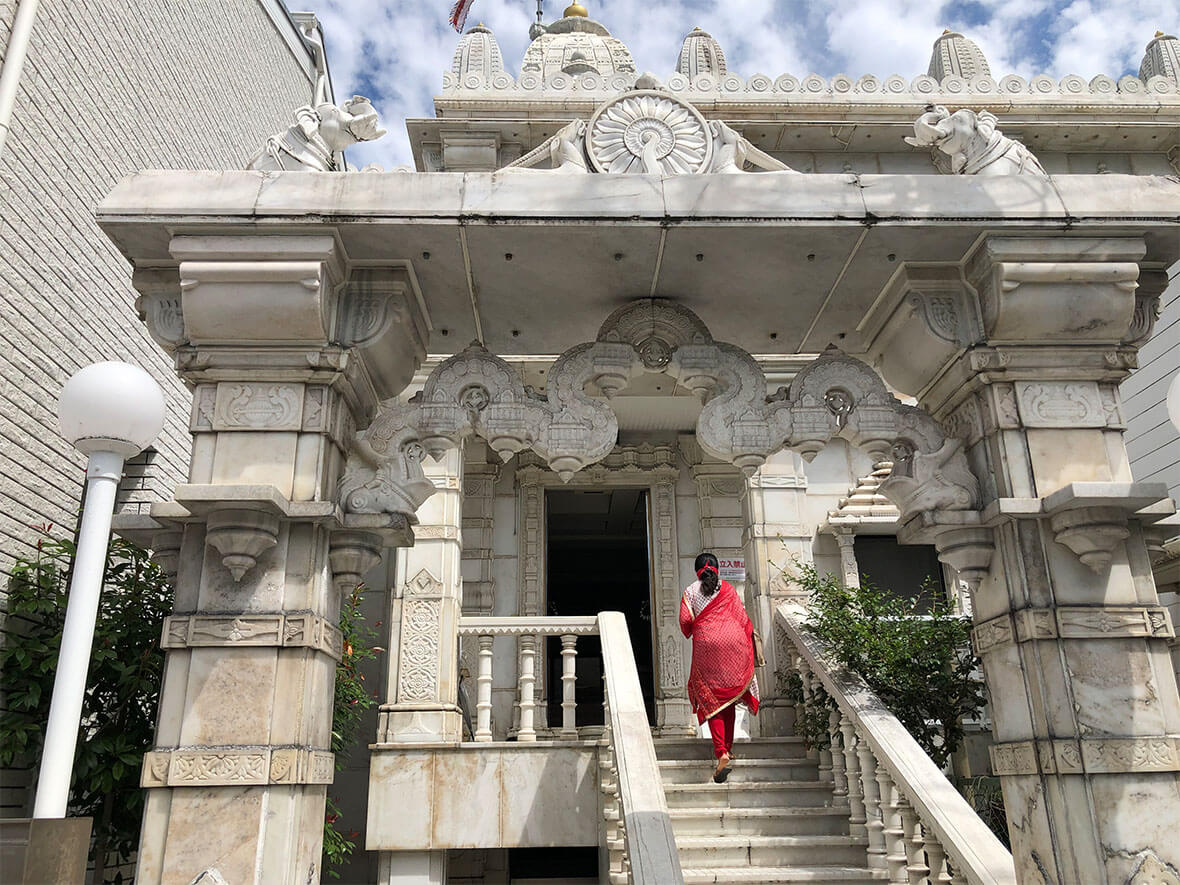
Jain Temple in Kitano
It is in this area that Kobe Spice, a wholesaler of spices throughout Japan, is located. As a matter of course, there are many local-style Indian and Pakistani restaurants.
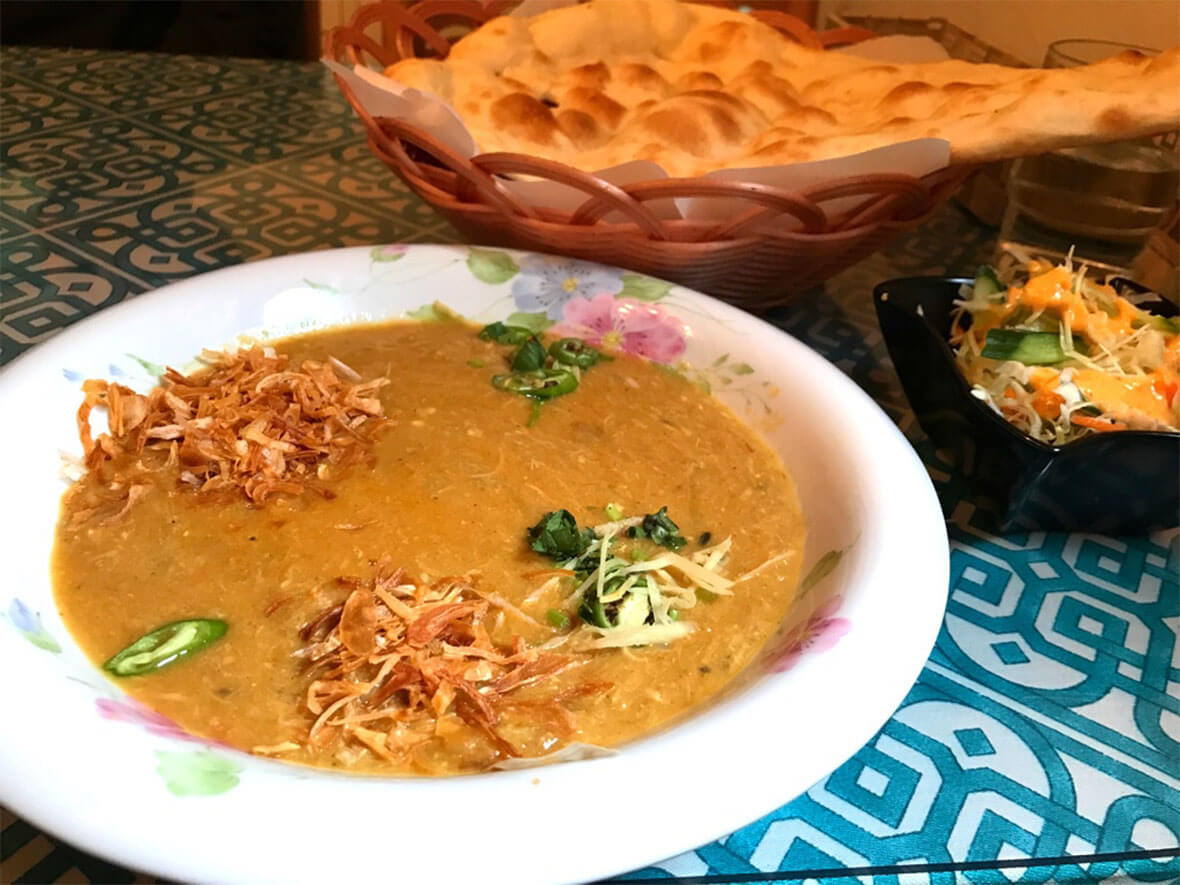
Halim at Ali's Halal Kitchen, a Muslim restaurant
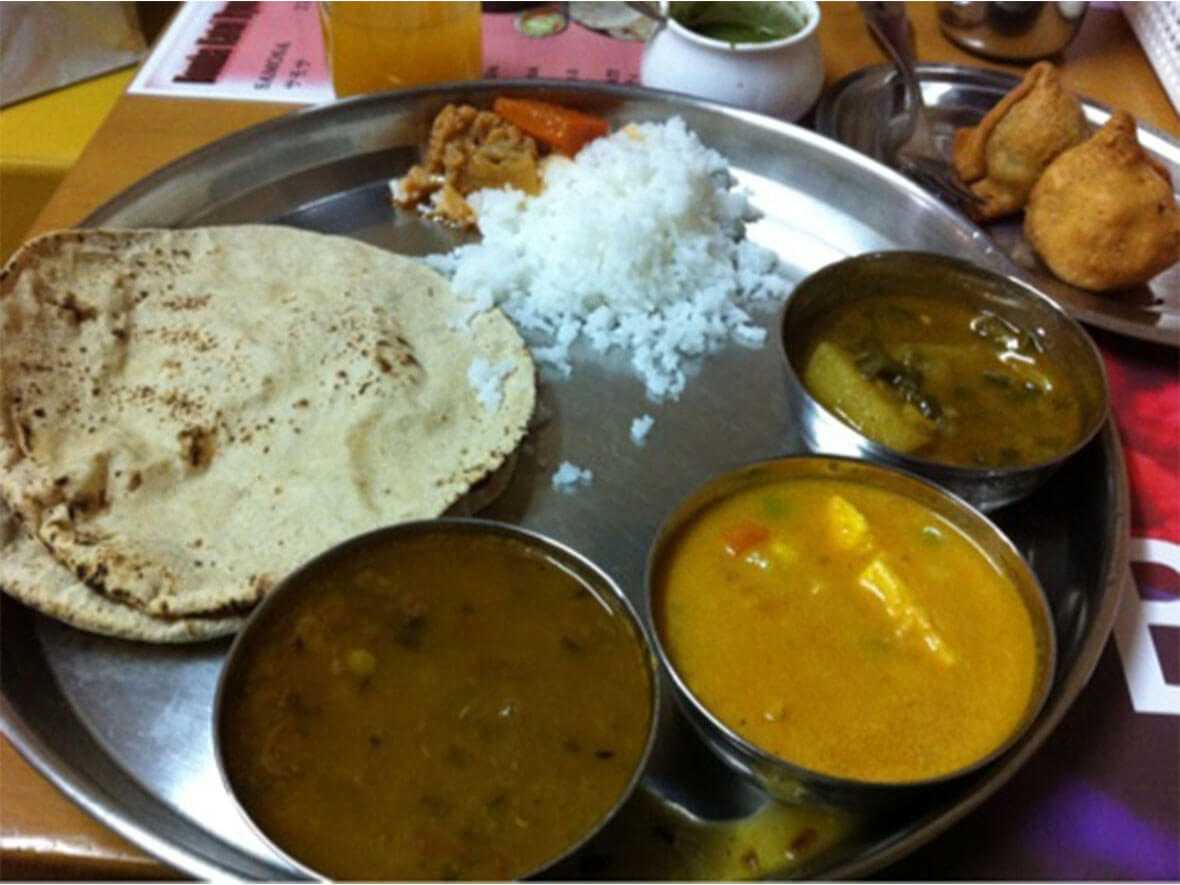
North Indian Home Cooking at Kusum
Along with overseas Chinese and Indian merchants, "Western food culture" is an essential part of the history of Kobe curry.
The port city of Kobe has been home to many high-carat Western restaurants since the Meiji era (1868-1912), and curry has been a staple along with fries, stews, and beefsteaks. Today, there are countless small restaurants throughout the city that offer reasonably priced, high quality Western food. Specialty stores offering Western-style curry and European-style curry are also at a high level, making Kobe by far the best city in Japan for enjoying Western-style curry.
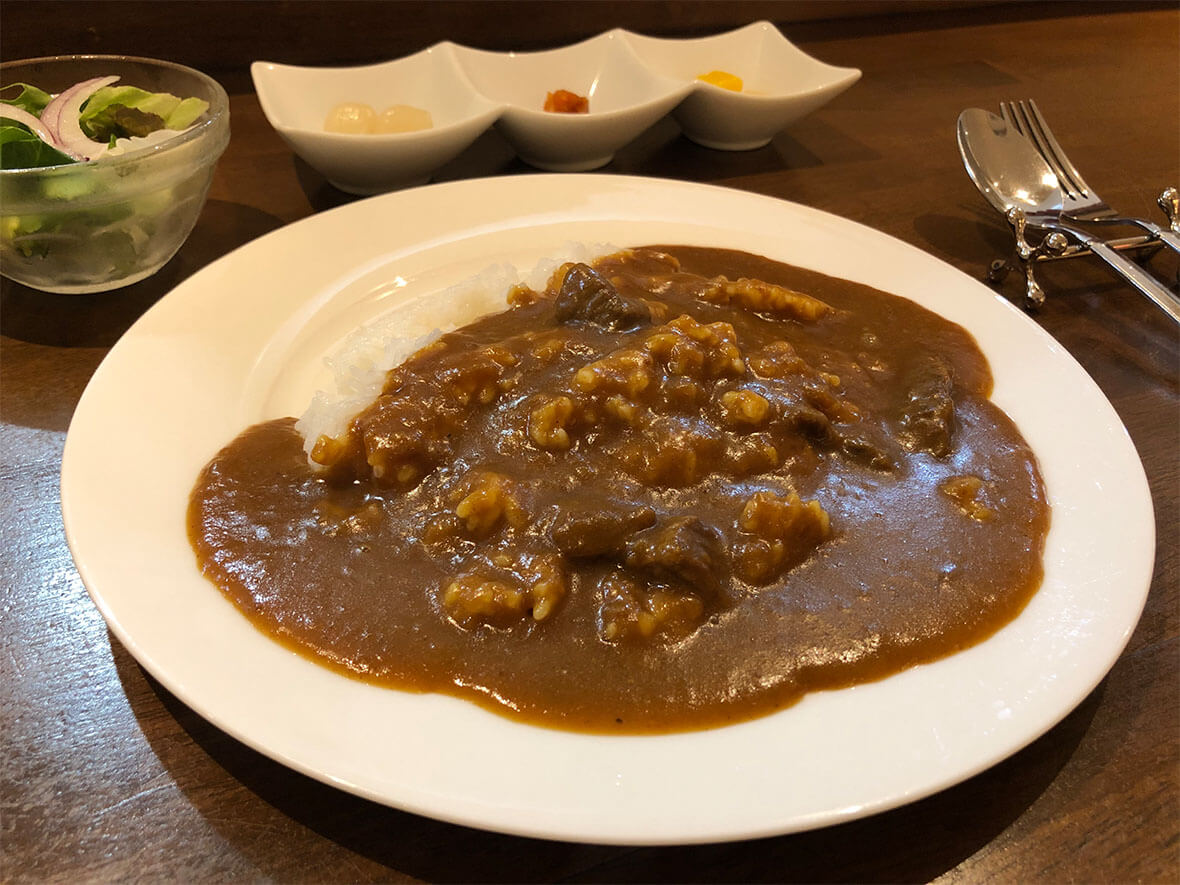
Marilyn Monroe visited the former Oriental Hotel on her honeymoon. Sion" is a reissue of its famous curry.
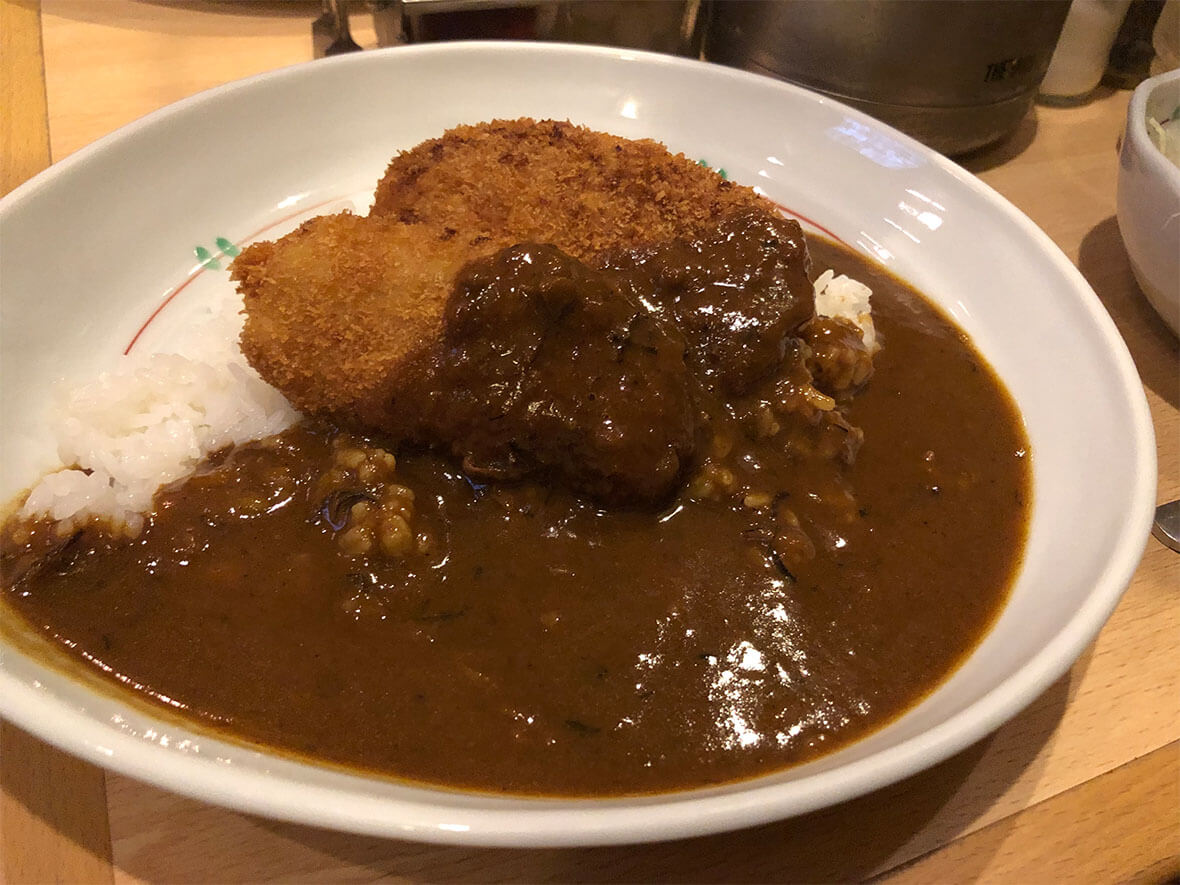
Minced pork cutlet curry at the uniquely delicious "Western-style restaurant Sohei
These three solid axes of "overseas Chinese culture," "Indo-Chinese culture," and "Western food culture" have helped Kobe's curry culture maintain a top-class depth in Japan.
Why is Kobe no longer "the city of curry"?
Yet, there are two reasons why Kobe does not seem to be a "curry town" today. One is that the Osaka spiced curry movement has been overshadowed by the excitement of the curry movement in Osaka. The other is that the three axes of Kobe curry, "overseas Chinese culture," "Indo-Chinese culture," and "Western food culture," are all separate and not necessarily linked under the single banner of curry.
In fact, in Kobe, there is not much interaction between young curry store owners and overseas Chinese, Indo-Chinese, and Western-style restaurant owners, leaving Kobe far behind Osaka in terms of outward communication.
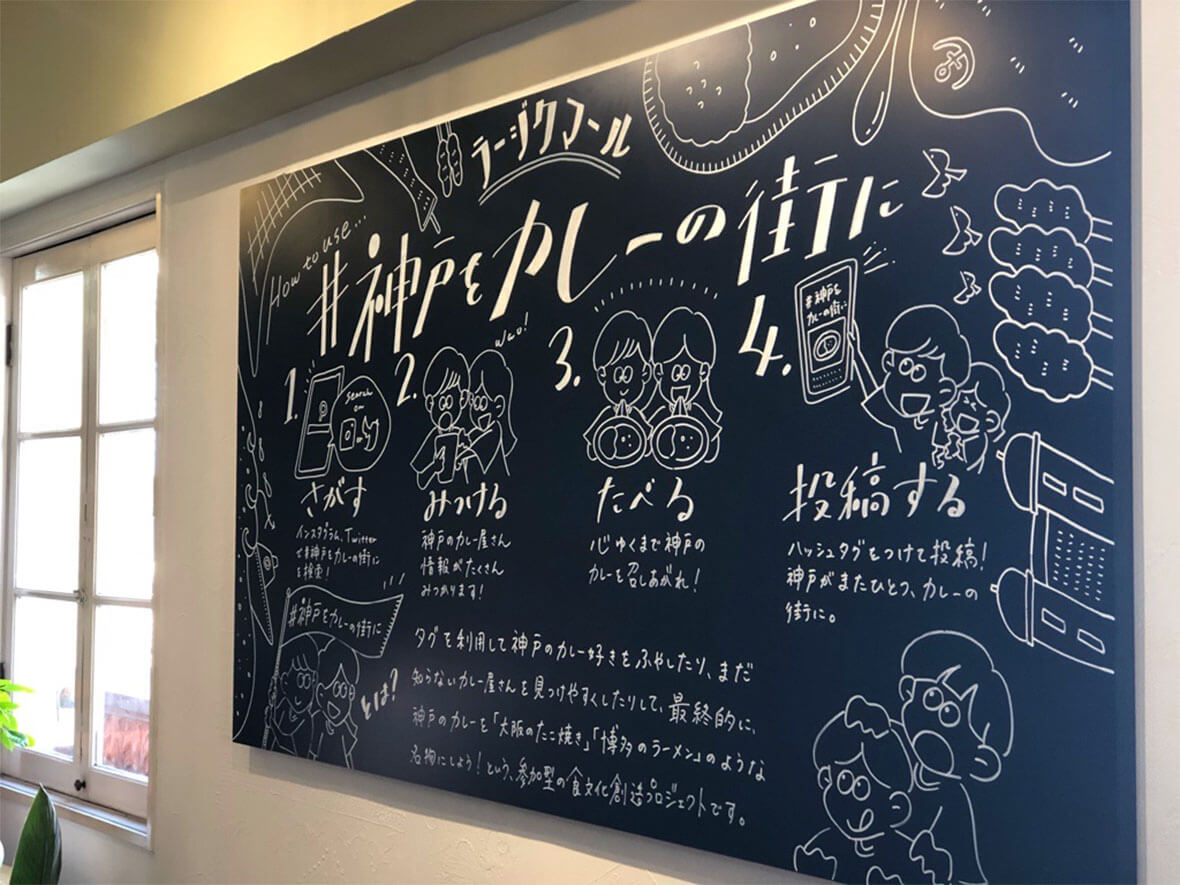
in that sense # Kobe as a city of curry The hashtag "Curry" is meaningful and should help to re-evaluate the historical curry culture of Kobe.
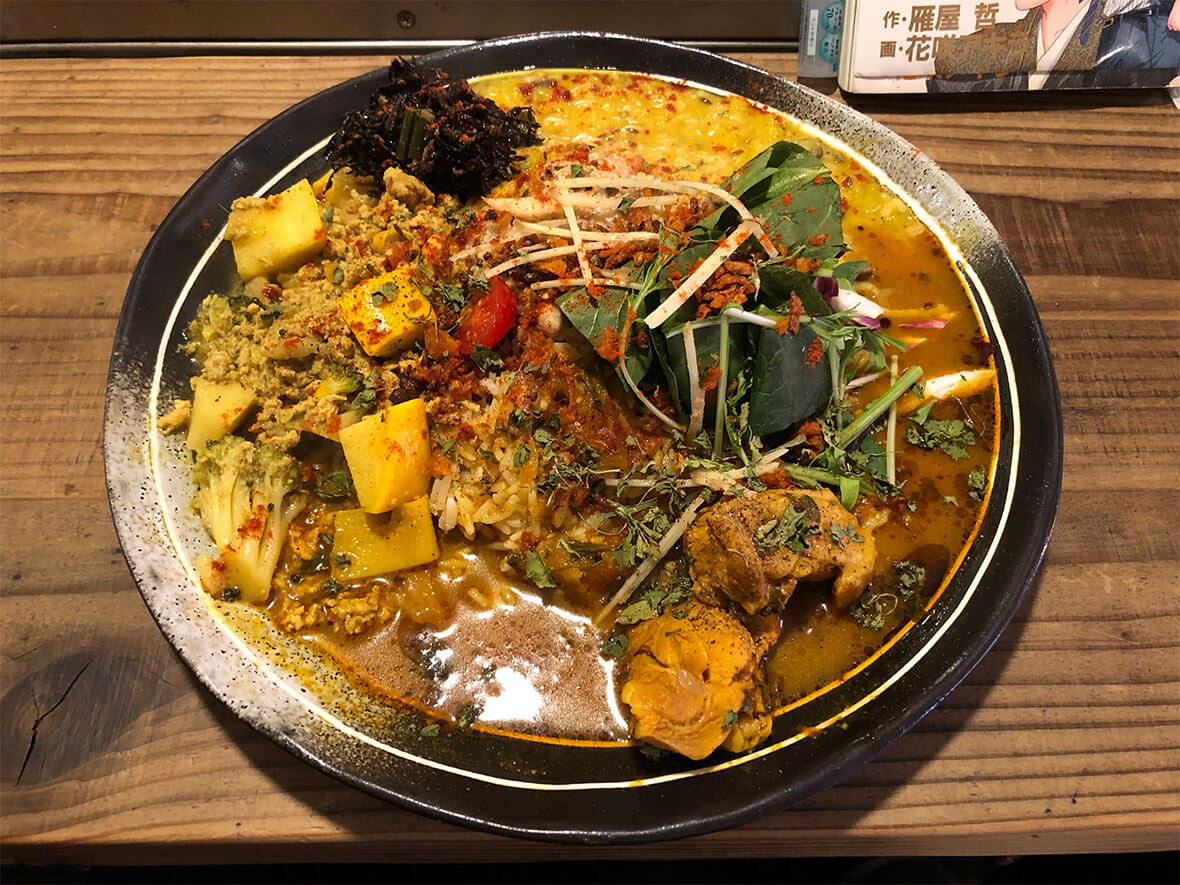
A new generation of spice curry stores is also increasing in Kobe. Photo: "New Yasudaya
Now, once again, "Kobe is the city of curry.
After talking with Mr. Katayama of "Rajkumar" several times, we came up with the idea of a talk show "Was Kobe a Curry Town? Held.
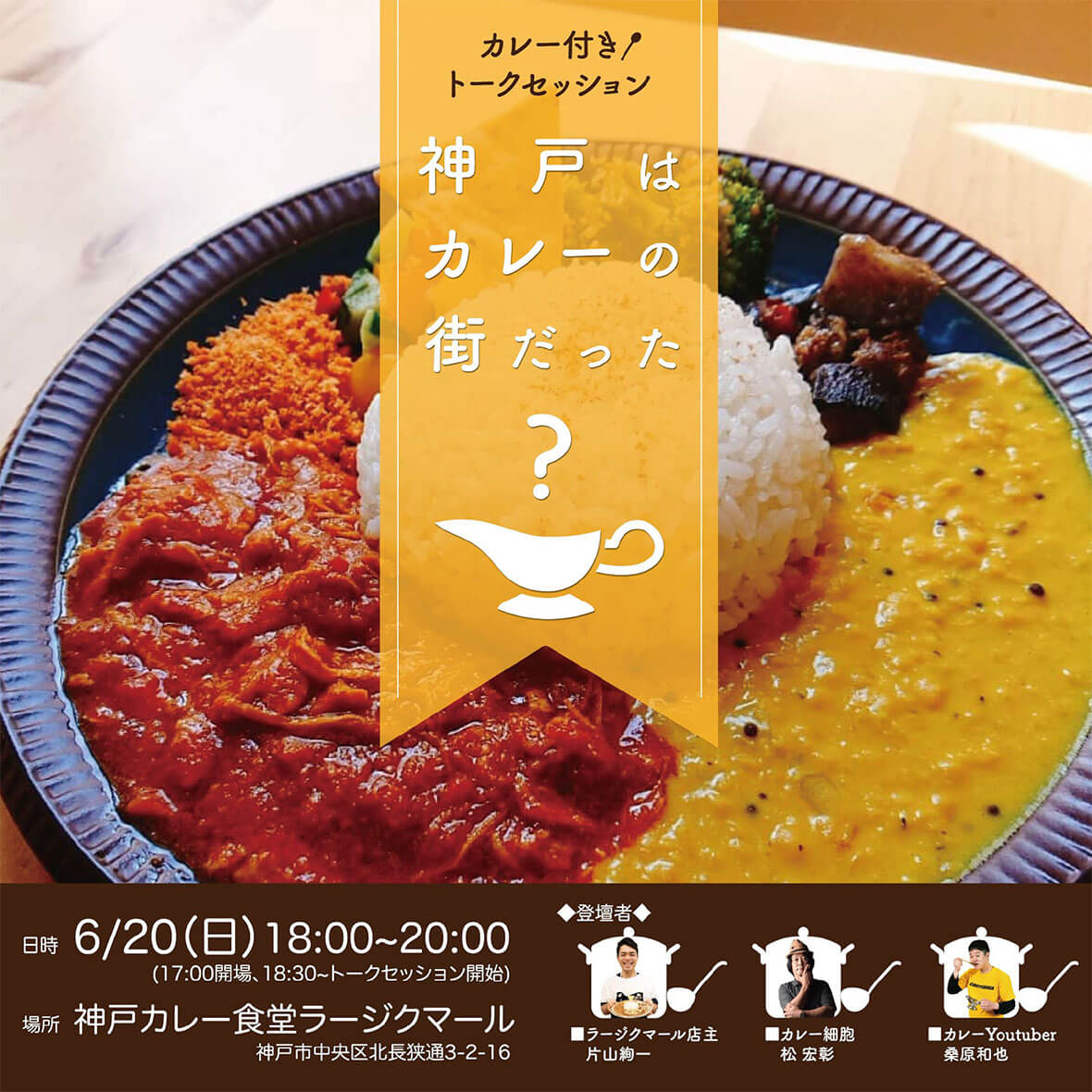
In addition to "Rajkumar" Katayama-san and myself, the speakers were curry YouTuber Kuwa-chan, "Tamakazari's" mom, and "Sunrather's" Mariko-san, a unique lineup.
As we talked about the curry situation in Kobe as described above, we asked ourselves what we should do to make Kobe more lively with curry than it is now. The conversation turned to the question, "What can we do to make Kobe more lively with curry?
One is to strengthen cooperation between young curry store owners and overseas Chinese, Indo-Chinese, and Western food owners. Another key is the keyword "North India.
In fact, even in Tokyo and Osaka, it is South Indian or Sri Lankan cuisine that is gaining momentum, and North Indian cuisine tends to be neglected. (Even in Nishi-Kasai, Tokyo, now the largest Indian town in Japan, there are many IT engineers from South India.)
On the other hand, Kobe, with its long-standing foundation of Indo-Chinese culture, offers a wide variety of North Indian cuisine, from home cooking and court food to party food and course meals. The variety and level of cuisine is the highest in Japan.
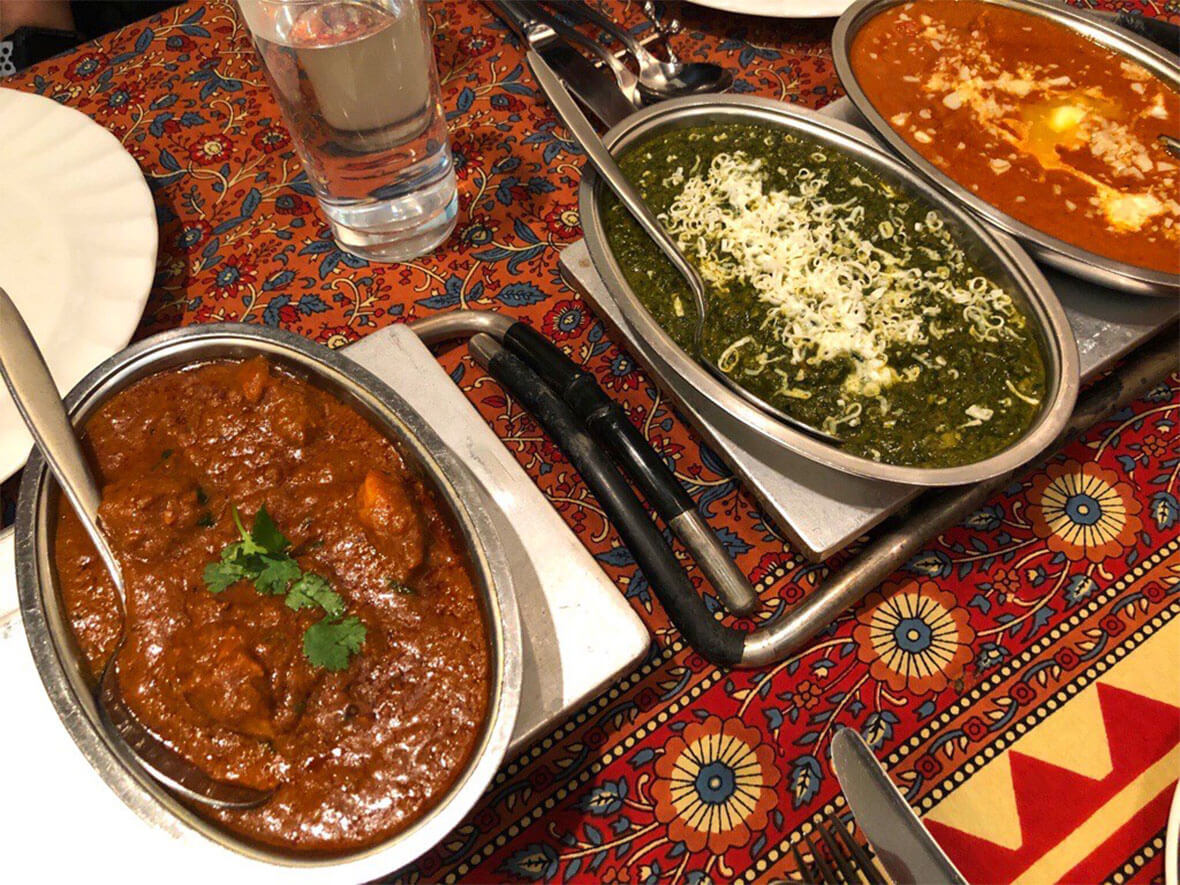
Established in New Delhi in 1939, Gaylord's Australian North Indian Cuisine entered Kobe in 1973.
If this advantage can be utilized to create a succession of new curries that are different from those of Osaka and Tokyo, and that are based on North Indian (or Pakistani) cuisine, there is no way that other cities will be able to compete. In some cases, it would be interesting to see the essence of Western or Chinese food added to the curry.
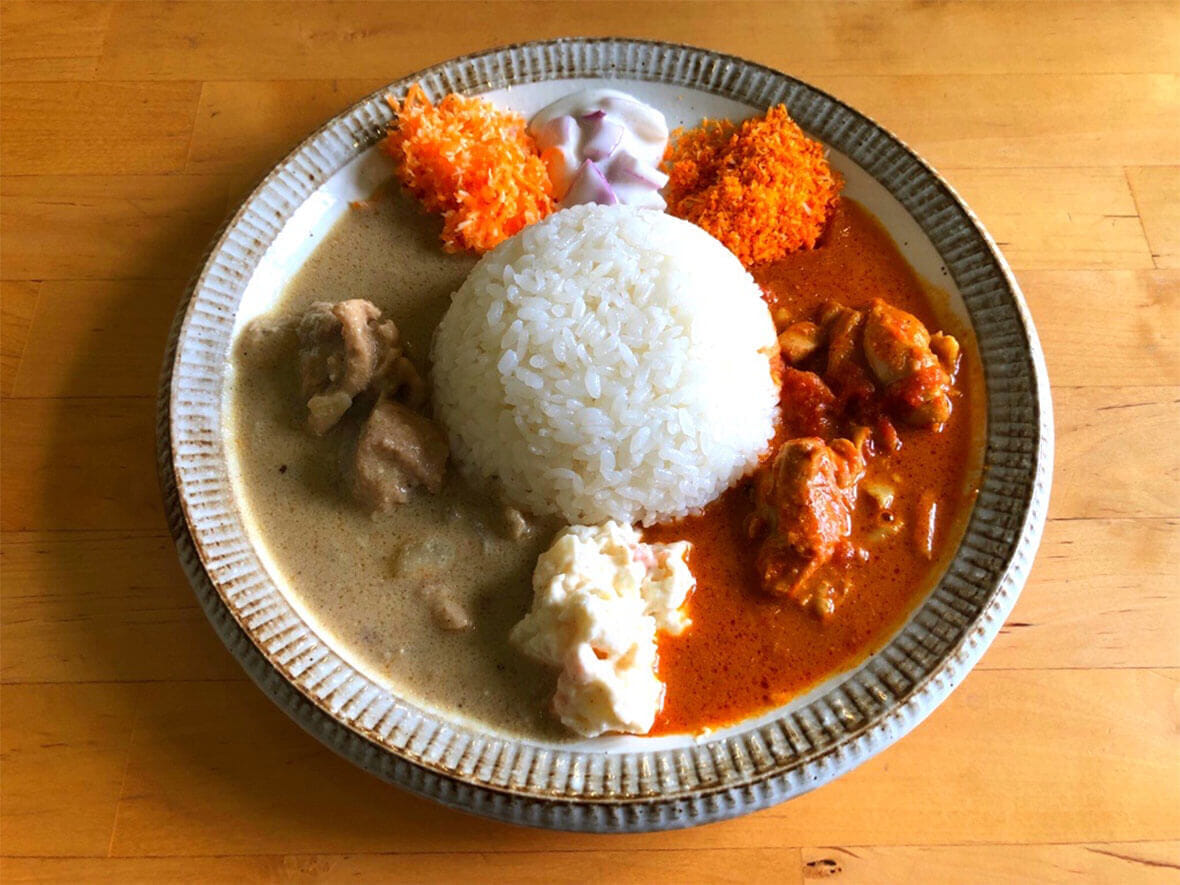
Rajkumar" curry, a North Indian curry with elements of Sri Lanka and other countries.
Connecting Kobe's past and present, we are once again "making Kobe the city of curry. We look forward to future developments.
Now, what kind of Flight should we try next time?
PROFILE
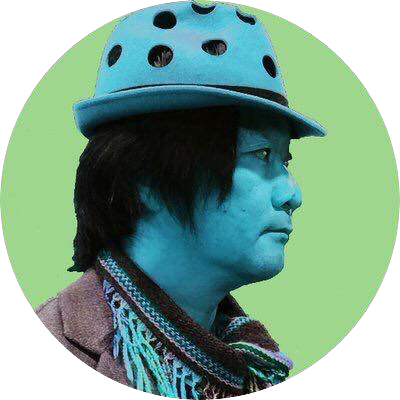
In pursuit of all kinds of curry and strange creatures. A spice radar by nature, he has visited more than 3,000 curry restaurants in Japan and abroad. He has been featured in many magazines and TV programs, and is a member of the Japanese Curry Awards selection committee. He is a member of the Japanese Curry Awards Selection Committee, and is a member of the "Next Breakthrough Curry Restaurant" program, which invites a new local curry restaurant to Shibuya every month.SHIBUYA CURRY TUNEThe company is holding the "Mutual Aid Association of Japan (MAAJ).


